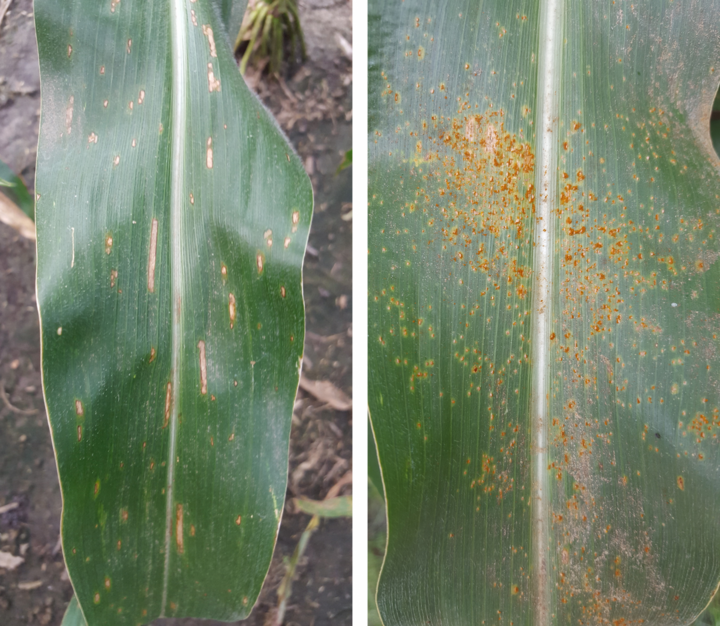
Figure 1. Gray leaf spot severity is increasing in many areas of the state and moving further up the plant, threatening upper leaves. Look for rectangular gray lesions with smooth, straight margins.
Figure 2. Southern rust has slowed in recent cooler weather, but can still flare up with warmer temperatures and damp conditions.
As often occurs in Nebraska, the late-season weather with abundant dew, high relative humidity, and rainfall is driving increases in some crop diseases. Some corn fields have matured far enough that the diseases won’t have a substantial effect on yield, while some other fields “are not out of the woods” yet.
Gray Leaf Spot (Figure 1). Susceptible hybrids at dough and earlier stages could still sustain damage from the fungal disease gray leaf spot and other diseases and might benefit from a fungicide if weather forecasts are favorable for more disease. In some areas gray leaf spot is moving up the plant and threatening the ear leaf and beyond, the most critical leaves for grain fill.
Southern Rust (Figure 2). It appears there is a little bit of southern rust in a lot of places, which is to say that the incidence may be high, but with low severity in most places. Some localized areas in southern Nebraska where the disease was reported earliest this year have seen an increase in southern rust, while in most areas of the state it has remained at very low severity and is not threatening yield. In general, southern rust did not increase in severity dramatically, and most of us were spared the severe rust that was feared when it was confirmed earlier than expected this season. Instead, the dramatic decrease in temperatures likely slowed the disease in most areas.
It’s important to continue monitoring southern rust and other diseases, especially as the temperatures creep higher amid ample moisture. A late season flush of disease is still possible and late planted or replanted fields may still be at risk.
Sample Submission
For help identifying diseases you’re seeing, submit samples to the UNL Plant and Pest Diagnostic Clinic. Click here for more information on how to submit a sample and the sample submissions form.
Resources
For more information on these or other diseases see the Corn Disease section of CropWatch. Information on other corn diseases also may be helpful in differentiating them and determining whether treatment would be appropriate.

